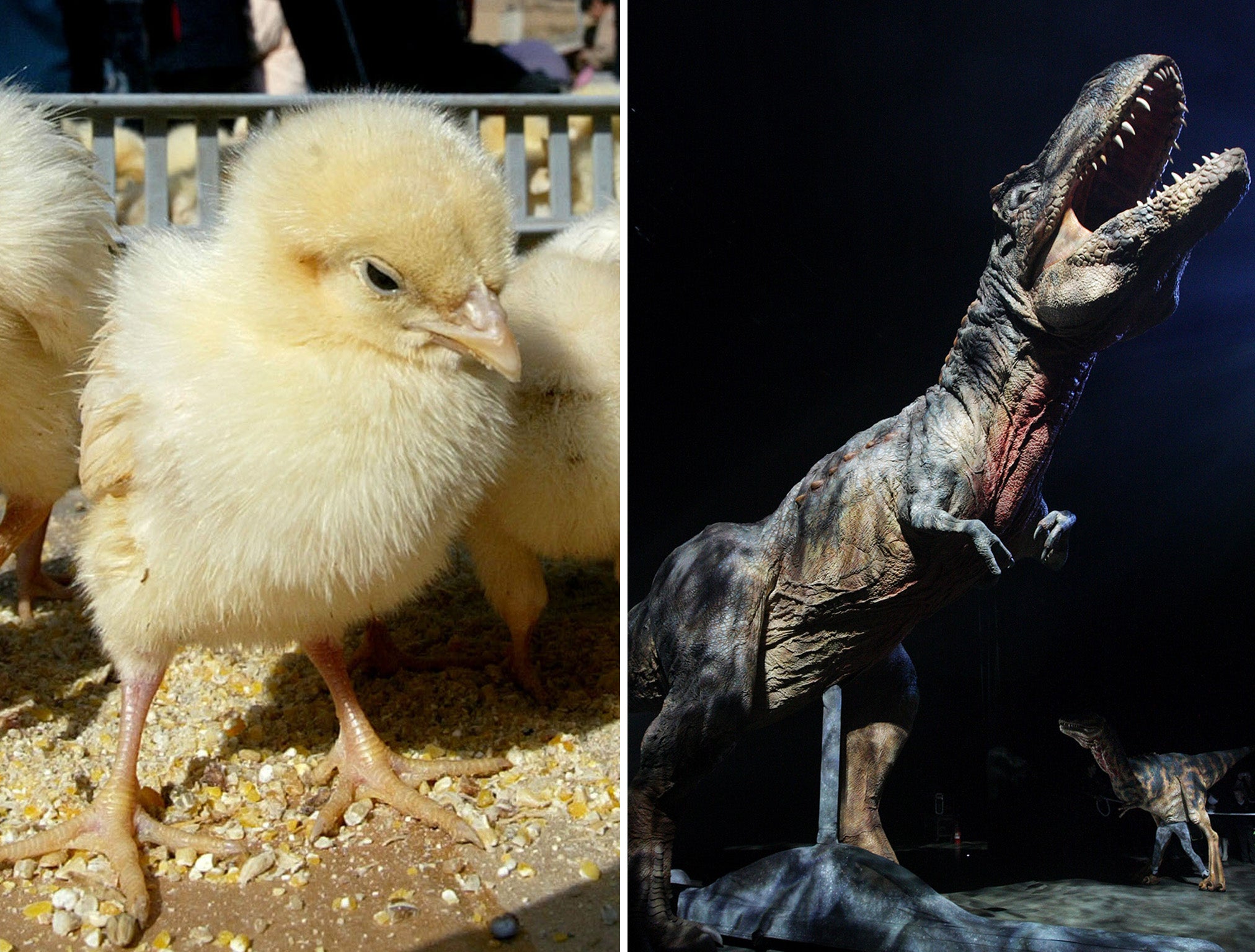Many dinosaurs were ‘fluffy like a chick’, new research suggest
Discovery has potential to drastically change image of the mighty creatures

Almost every dinosaur was either covered in feathers, or had the capacity to grow fluffy 'chick-like' feathers, new findings suggest.
The discovery of 150 million year old fossils in Siberia have the potential to change our portrayal of the animals, researchers say.
The remains, which include signs of feathers, belong to an animal from the plant eating ornithischian group, which accounts for half of all dinosaurs.
Previously the presence of feathers had only been proven in an entirely separate group of meat eaters called the theropods, the fossils of which are found in China.
The findings mean feathers originated millions of years earlier than previously thought, according to the research team.
“It was a big surprise,” lead researcher Dr Pascal Godefroit, from the Royal Belgian Institute of Natural Sciences in Brussels, told the BBC.
“The fact that feathers have now been discovered in two distinct groups, theropods in China and ornithischians in Russia means that the common ancestor of these species which might have existed 220 million years ago also probably had feathers.”
“Instead of thinking of dinosaurs as dry, scary scaly creatures a lot of them actually had a fluffy, downy covering like feathers on a chick,” co-researcher Dr Maria McNamara of Cork University in Ireland added.
Professor Mike Benton from Bristol University, who was also involved in the research was a little more cautious.
“Our research doesn't mean that all dinosaurs had feathers, especially as adults,” he told the BBC.
“Some will have had feathers as young animals and kept them throughout their lives. Others may have lost feathers as they grew up, and became large enough not to need them, or replaced feathers with scales or relied on bony plates in the skin for protection.”
Perhaps the T-Rex didn't look like this after all.
Join our commenting forum
Join thought-provoking conversations, follow other Independent readers and see their replies
Comments
Bookmark popover
Removed from bookmarks